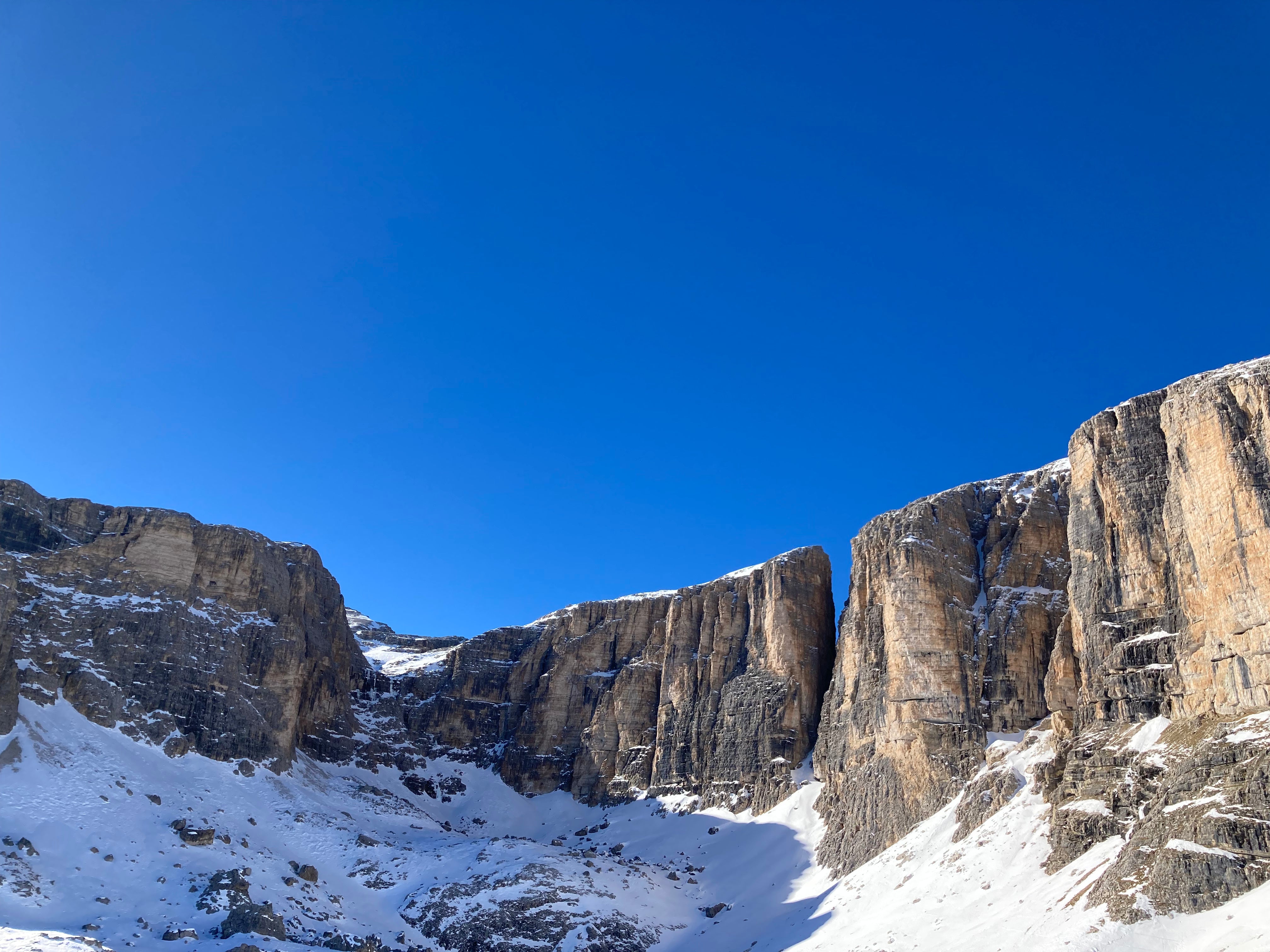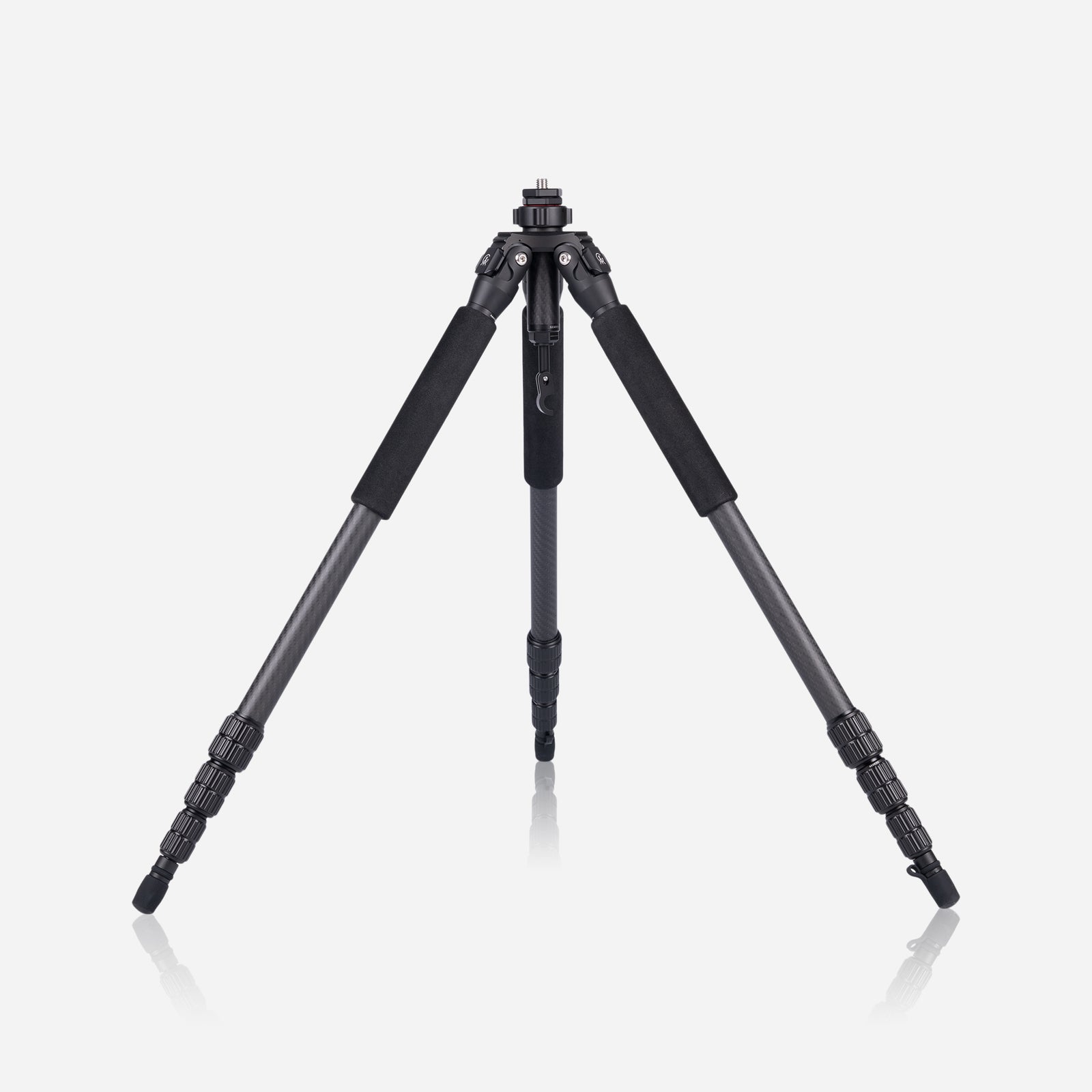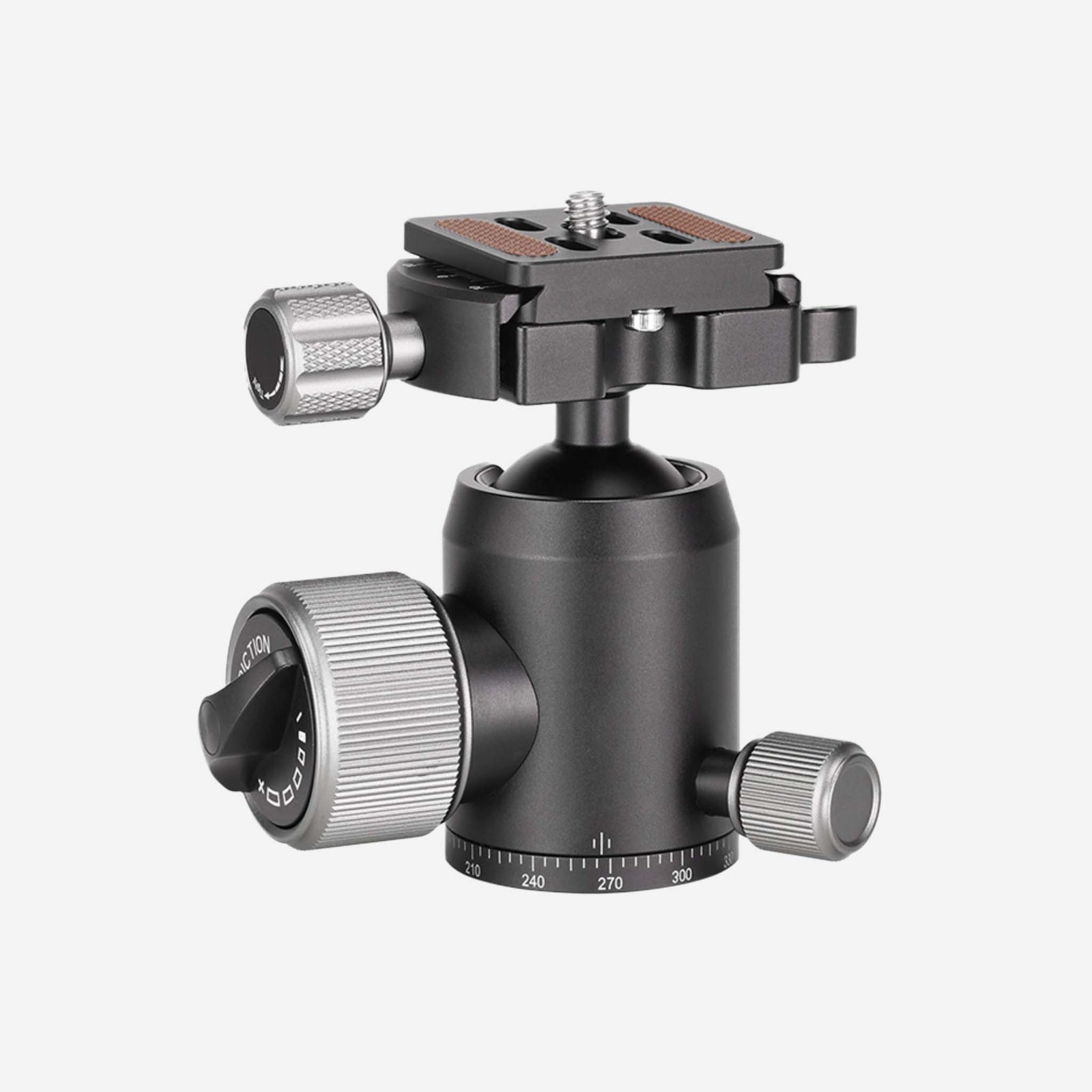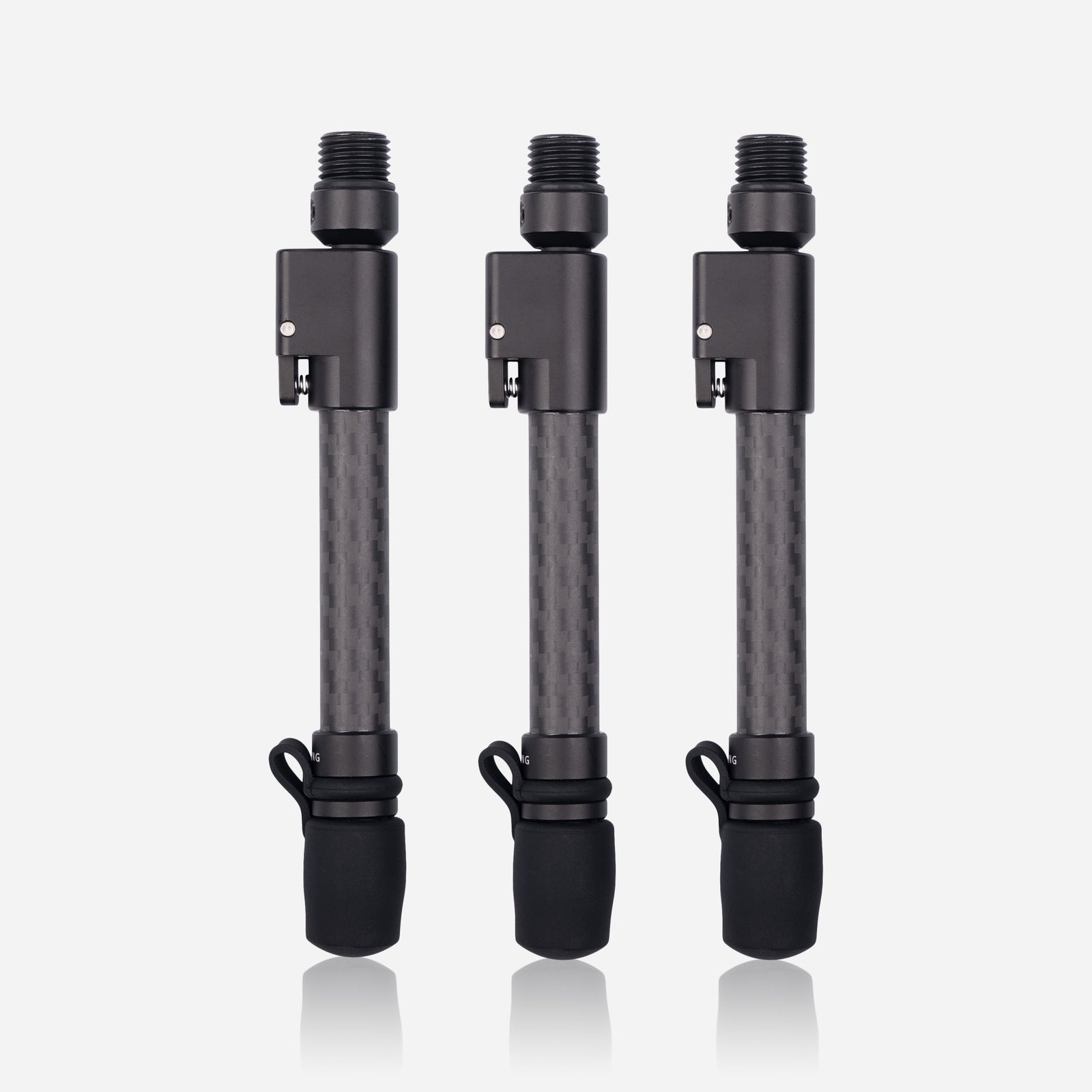The mountains of our world truly are one of the greatest wonders to behold. They provide incredible insight into how the world used to be - a reminder of times long past. The oldest mountain range in the world, the Barberton Greenstone Belt in South Africa, was formed 3.5 billion years ago, in an age that we cannot begin to imagine.
It appears that most of us, particularly those with a penchant for the outdoors, are drawn to the mountains for reasons that often seem indescribable. A sense of awe, with an overwhelming feeling of insignificance compared to the beauty and grandeur of nature, is almost addictive and constantly fed to us when we are on top of the world. It is here that we feel deeply connected to Mother Nature as we can bask in golden sunlight, the mist and rain, or the whitest snow at the highest point, where we can enjoy the unusual feeling of being comfortably alone. I have also found that being in the mountains at night brings an intense feeling of connection to the universe, when we are isolated amongst the stars and the blackening sky.

The emotions that the mountains stir up in us can be so overwhelming that we want to be able to capture them in our photography, ensuring we do them justice. I have compiled a list of tips that I have found helpful when capturing the mountains, and I hope that they help you too. Both Elle and I are keen skiers and so are naturally drawn to the mountains, and have luckily been able to get some skiing in this year and some time in our favourite place.
First and foremost, a tripod is crucial for mountain photography. It allows you to shoot with a narrow aperture in low light or a slow shutter speed, giving you great star trails across the sky, or movement in water below. A tripod like the Gearing tripod also brings you the huge benefit of providing trekking poles with your camera tripod, as well as a monopod with the simple addition of our monopod converter. The trekking poles are really important for hiking in the mountains, as they will keep you a lot safer from slipping and tumbling. Not only does the Gearing tripod provide great support for trekking (or as ski poles) but as a tripod system it is a great improvement to your safety. A tripod should be seen as just as much a necessity for mountain photography as a camera.
Choosing your composition in mountain photography is very important, but also gives you a huge amount of freedom. The classic photography composition of the rule of thirds - giving a third to the sky, a third to the background and a third to the foreground - works well with this kind of photography, but it is important not to limit yourself to these constraints should you wish to try something new. Having a dramatic foreground that leads you up to the dramatic background is also a great photography style, as it keeps you looking over the image for a lot longer, and has the viewer's eye line directed for them. Though we couldn't be more addicted to the mountains and slopes in the winter, Elle and I rarely find ourselves in the mountains in the summer. However, the warmer months provide a whole other world of mountain photography compared to the colder months. Reflections in lakes at the foot of mountains are a great way of changing your composition, as you can take up your entire image with that of a mountain, but in a very different way to what you might expect. To avoid movement in the water, a long shutter speed is needed to flatten the surface, and is another reason why a tripod is crucial for mountain photography.

To capture the sheer size of the mountains in your images and add drama, you can use something to show the scale. A human model is a great choice and highly visual, but trees, houses or a boat in a lake (in the summer months) also make great alternatives. If you are using a person, then creating shape and silhouette can add a real artistic feel to your photos, which can be achieved with dramatic clothing such as flowing dresses, or even just by carefully choosing poses for your model. You need to make sure that they are standing at a significant distance from the camera, otherwise they can distort the scale and their presence is futile. To capture scale, I would recommend using a telephoto lens. These are lenses with a focal length of more than 50mm, magnifying whatever you are photographing at a great distance and making it appear closer and more detailed. A telephoto lens can really help you capture the mountain scene from a distance, but including only what you want. It will provide a very different result from a wide angle lens, but can allow you to focus on the finer details, such as the cravasses, animals on the rocks, and capture the sky more closely. Telephoto lenses tend to be a lot heavier than standard lenses, and so probably aren’t the best to take up into the mountains in your camera bag. They would certainly do well in lower lying land at the foot of the mountain and from an accessible vantage point, although if you’re up for a weighted walk I would recommend carrying one!
As the mountains provide such dramatic scenery, they look even more enthralling when you can capture as much contrast as possible. This can be done through the changing seasons - a great suggestion is photographing a stormy or rainy day in the summer. Dark skies coupled with blossoming flowers at the foot of a mountain is a really beautiful way to show this. Another way to add drama to the photos is to make them black and white, which works especially well with snowy mountains in the winter, or in the springtime when there is less snow and the rocks are exposed underneath.

We hope that you enjoyed our tips on capturing the mountains. The most important thing when you're climbing, hiking or photographing in the mountains is to be safe. Bring a friend with you, have a GPS tracking device especially if you’re going remotely, and having a mapped out route is essential. If you are going somewhere relatively unknown, do thorough research so that you don’t stray into danger. Other than that, it's all about having fun, playing around with your camera and enjoying yourself, as always with photography. If you get any good shots in the mountains this year, please send them on to us! We love to see our Gearing customers photos and hearing your stories.




